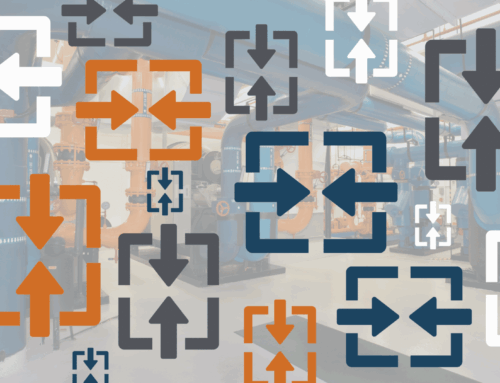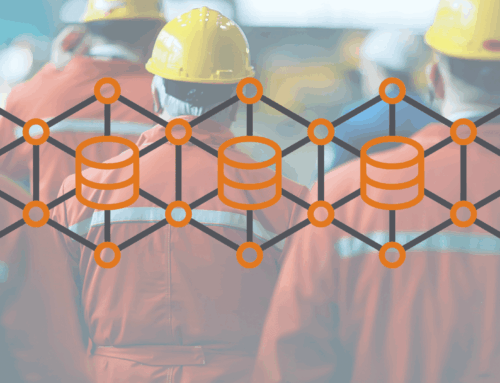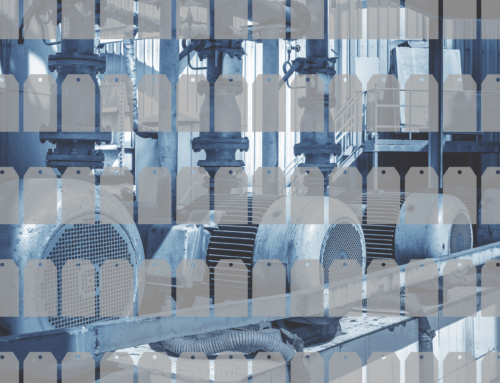When deciding to implement a data historian or Asset Performance Management (APM) solution, organizations must evaluate both the benefits and costs of the new tool. By having a clear understanding of the total cost of ownership (TCO) of these tools at the start, your organization will be better prepared to leverage the value and maintain the benefit of the tool for years to come.
Benefits
Digitalization is meant to change how organizations do business. This can feel like a lofty change, but this new reality does not have to require a complete overhaul or years of headache. The purpose of digitalization is to make your life easier not harder.
When considering an upgrade or new install of a data management system or predictive maintenance solution, start with some questions:
- How do you currently access your data?
- What do you do with that data?
- What current challenge or obstacle is a high priority for you?
- Is something keeping you from having better insight into your operations and equipment? What is it?
- What is a major pain point for you in your day-to-day?
With these questions, you can determine your current status and desired new reality. Luckily, by partnering with a good solution partner, your new reality is not far from reach. With a data historian and APM solutions, organizations benefit from:
- Actionable intelligence that enables data-informed decision-making
- Visualization and insight into your equipment, plant, and fleet regardless of your location
- Improved collaboration with tools that facilitate the exchange of information and reports
- Reduced risks and costs as well as improved operations and availability
Costs
For software, it is not about just the software price but the total cost of ownership. There are the upfront costs as well as the ongoing maintenance and operation costs you should consider.
Upfront Costs
Software Price
When looking at a solution, make sure you have a clear understanding of the software price. Solution providers can offer both perpetual licenses and subscriptions. Your preference between the two will depend on your budget and the lifecycle of the software.
Typically, for a data historian, solution providers base pricing on the number of tags monitored, the number of users, and the number of add-ins. Add-ins can be a dashboard capability or web capability.
With software in the process industry, an additional software cost is whether the system is redundant. Depending on your requirements, redundancy will represent an additional cost.
Hardware and Hosting
For software to work, it needs to be somewhere: either on a physical hardware or hosted in the cloud. Your solution provider should be able to provide minimum and recommended specifications for the hardware. Make sure to include these costs when evaluating the software costs.
Communication and Migration
For a data historian or predictive maintenance solution to work, it needs to be able to communicate with your plant and receive real-time data. It does this through a communication protocol. Depending on the system and your set up, this may represent an additional cost. For example, if you standardize on OPC, you may need to buy an additional OPC license.
In addition, there may be additional costs or resources required to migrate existing historical data. As a result, with a legacy historian, ask yourself:
- Will you transfer over your historical data?
- How many years will you migrate?
Your solution provider should be able to assist with this to make the process easy and quick.
Implementation and Engineering
Though data historians and predictive maintenance tools have automated many of the implementation and engineering processes, it will still require time and energy to set up your environment. Look for a software provider that will guide you and take care of the implementation process. The reason for this is to take advantage of their expertise, letting you focus more time on what you do best. When evaluating solutions, ask:
- How long will the implementation take?
- What will the solution provider do? And what will I have to do?
- What does the continued software upkeep look like?
With these answers, you will then be able to calculate your resource costs to add to your data historian TCO.
Services and Ongoing Costs
M&S
Most software comes with maintenance and support (M&S). This will include patches and upgrades as well as support for questions and concerns. Unfortunately, not all M&S is made the same. Make sure you understand what the M&S looks like and ask:
- Will I have a dedicated contact?
- What is the expected response time?
- Which patches, updates, and upgrades are included?
- What happens if I do not have an active M&S?
M&S can add up each year and can easily become a headache for you and the other users. A solution is important, but the service provided by the solution provider is just as important.
Training and Continued Resources
Sometimes overlooked, your people’s time is an important aspect of the predictive maintenance and data historian TCO. This can be from required training as well as continued upkeep and maintenance. When evaluating tools, look at how easy the solution is to use on both the front end and backend. In addition, discuss with your solution provider the training available as well as the typical process. Similarly, ask about the required upkeep on your end. With a straight answer from your solution provider, you will be able to calculate the costs knowing who will be involved on your side and their opportunity cost.
Next Steps
With a clear understanding of the predictive analytics and data historian TCO, you and your organization can properly plan and budget for a new data historian or predictive maintenance tool. With the right solution provider as your partner, your organization will take advantage of significant benefits at a manageable cost.
To learn more about how our customers improve their decision-making process with our data historian HanPrism and predictive maintenance solution HanPHI, follow our LinkedIn page and reach out to break through the limitations!






